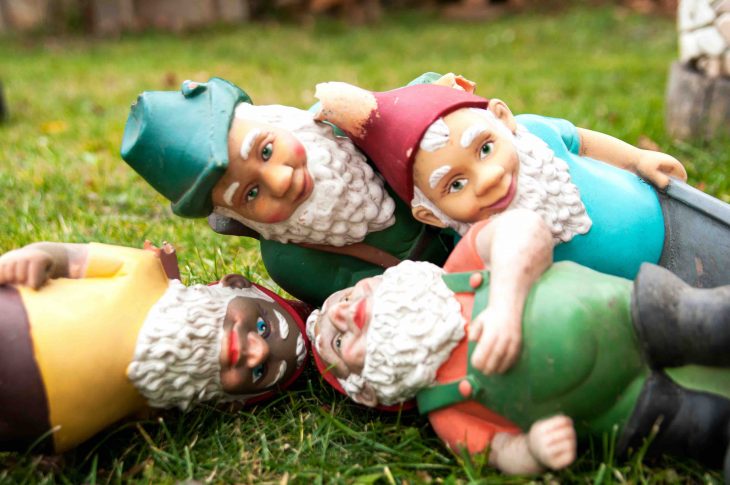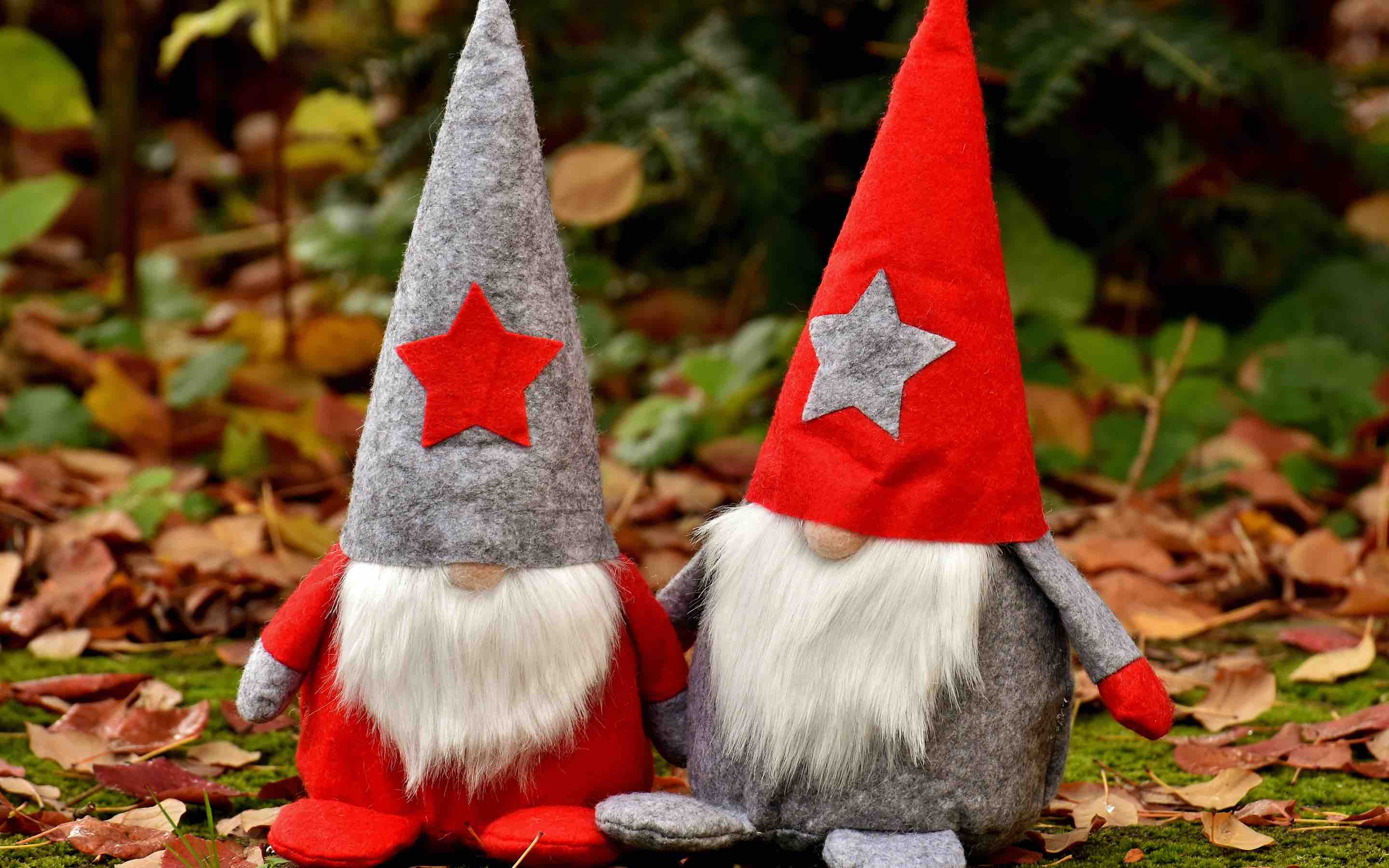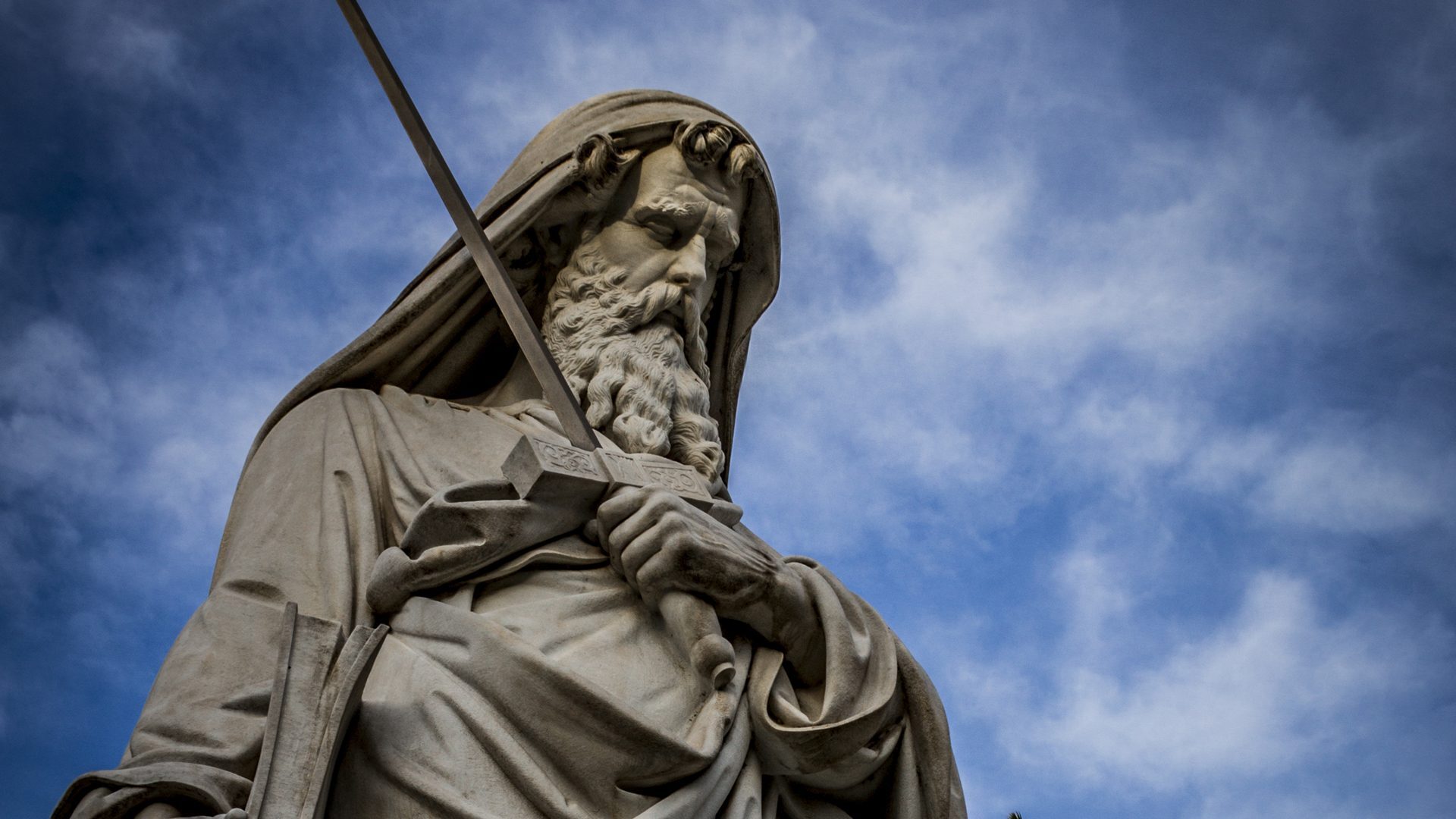
Are you ready to embark on a journey to uncover the secrets of gnomes? These enigmatic creatures have captivated the imaginations of people for centuries, appearing in folklore, literature, and even gardens. In this article, we will delve into 11 fascinating facts about gnomes that will shed light on their origins, appearance, and cultural significance.
Origins in European Folklore
Gnomes originated in European folklore, particularly in Germany, where they were believed to be small, earth-dwelling creatures with a penchant for mischief. They were often portrayed as guardians of hidden treasures and were associated with the earth and its natural elements.
Gnome Appearance
Gnomes are typically depicted as small humanoid creatures, standing around 1 to 2 feet tall. They have long white beards, pointed hats, and wear earth-toned clothing, blending seamlessly with their natural surroundings. Their wrinkled faces often carry mischievous or wise expressions.
Protectors of Gardens
Gnomes gained popularity in the 19th century as garden ornaments. These whimsical figures were believed to bring good luck and protect the garden from evil spirits. Many people still place gnome statues in their gardens today as a decorative and symbolic element.
Dwellers of the Earth
Gnomes are known to live underground, in close connection with the earth and its creatures. They are believed to inhabit underground burrows, often found near forests, rivers, or mountains. This connection with the natural world gives them a deep understanding of plants, animals, and the seasons.
Guardians of Treasures

According to folklore, gnomes are the custodians of hidden treasures buried beneath the earth. They guard these treasures fiercely, and it is said that if you encounter a gnome, it might lead you to a hidden gem or a secret location. However, be warned, gnomes can be mischievous and might play tricks on unsuspecting travelers.
Gnome Names
Gnomes are known by various names in different cultures. In German folklore, they are often called “Gartenzwerg” (garden dwarf), while in Scandinavian mythology, they are known as “tomte” or “nisse.” These names reflect the cultural nuances and regional variations associated with these mythical beings.
Skillful Craftsmen
Gnomes are renowned for their craftsmanship and are said to possess exceptional skills in metallurgy, woodworking, and other crafts. They create intricate tools, household items, and works of art using their dexterous hands. These creations are often imbued with magical properties.
Nocturnal Creatures
Gnomes are predominantly nocturnal beings, preferring to conduct their activities under the cover of darkness. It is believed that they emerge from their burrows at night to tend to their gardens, interact with other gnomes, and undertake their mischievous exploits.
Gnomes in Literature
Gnomes have found their way into literature and popular culture, enchanting readers of all ages. One notable work featuring gnomes is “Gnomes” by Wil Huygen and Rien Poortvliet. This beautifully illustrated book explores the daily lives and adventures of gnomes, providing a delightful glimpse into their magical world.
Gnomes in Different Cultures
While gnomes are most commonly associated with European folklore, similar creatures exist in various cultures worldwide. For instance, the African “Tokoloshe” and the Filipino “Nuno sa Punso” share similarities with gnomes, reinforcing the universal fascination with these mystical beings.
Gnome Festivals and Celebrations
To celebrate the charm and folklore surrounding gnomes, numerous festivals, and events are held worldwide. These festivities bring together gnome enthusiasts who showcase gnome-themed art, crafts, and performances. The most renowned event is the “Gnome Festival” in France, where visitors immerse themselves in the whimsical world of gnomes.
Conclusion
Gnomes continue to captivate our imagination, blending myth and whimsy with their presence in folklore, literature, and gardens. Whether you believe in their existence or enjoy them as decorative figures, gnomes hold a special place in our hearts and cultural heritage. Exploring their origins, appearance, and significance reveals a rich tapestry of stories and traditions that continue to inspire and enchant.
Frequently Asked Questions (FAQs)
Are gnomes real creatures?
Gnomes exist primarily in folklore and mythology, captivating the human imagination for centuries. While some people claim to have encountered gnomes, their existence remains unproven.
Do gnomes possess magical powers?
In folklore, gnomes are often associated with magical abilities, particularly in relation to their craftsmanship. They are said to imbue their creations with enchantments and can guide people to hidden treasures.
Can gnomes communicate with humans?
According to legends, gnomes possess the ability to communicate with humans. However, these encounters are believed to be rare and often occur under specific circumstances.
Why are gnomes often depicted with pointed hats?
The pointed hat is a common depiction of gnomes and is believed to symbolize their connection to the earth and nature. It also adds to their whimsical appearance, emphasizing their mystical qualities.
How did gnomes become popular as garden ornaments?
Garden gnomes gained popularity in the 19th century, particularly in Germany. They were believed to bring good luck and protect gardens from evil spirits. Their popularity as ornaments spread across Europe and eventually to other parts of the world.
Was this page helpful?
Our commitment to delivering trustworthy and engaging content is at the heart of what we do. Each fact on our site is contributed by real users like you, bringing a wealth of diverse insights and information. To ensure the highest standards of accuracy and reliability, our dedicated editors meticulously review each submission. This process guarantees that the facts we share are not only fascinating but also credible. Trust in our commitment to quality and authenticity as you explore and learn with us.


